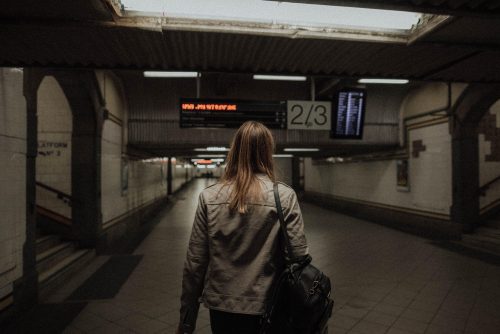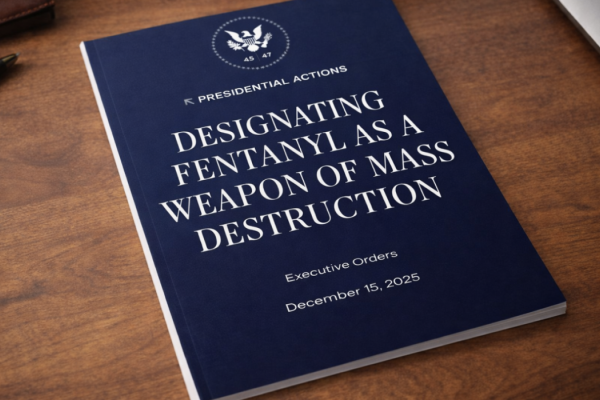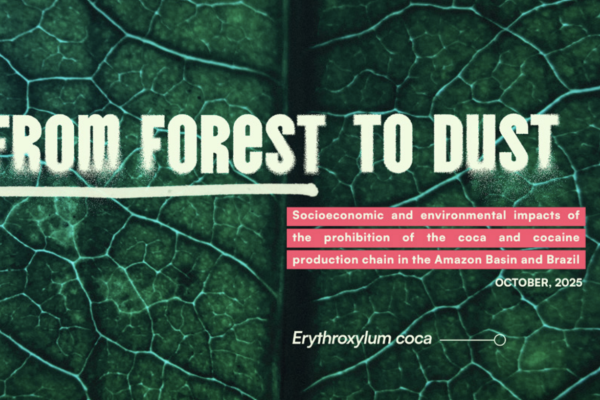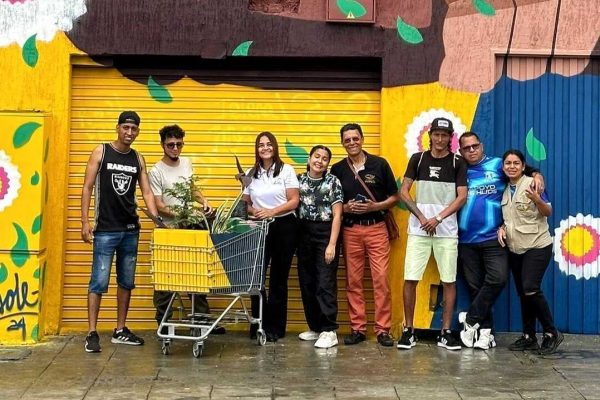7th October 2019
This briefing is also available to download as a PDF by clicking here.
By prohibiting drugs that are increasingly in demand, an extremely lucrative market has been gifted to organised crime. This briefing exposes the exploitation of young and vulnerable people as a direct result of drug prohibition, through the ‘county lines’ drug supply phenomenon. In regulated markets for legal products, which are bound by strict legal frameworks, there is significantly less opportunity to exploit young and vulnerable people. Legal regulation would allow for governments to regain control over the drugs market, and help force unregulated suppliers out of the business.
What is County Lines?
‘County lines’ is the term used to describe a drug supply network set up by organised crime groups (OCGs) between urban and suburban locations, typically rural and coastal towns and villages. The practice usually involves OCGs coercing children and vulnerable adults into acting as drug runners and dealers often using intimidation, violence and sexual exploitation. Many victims have mental health issues, learning difficulties, come from broken homes, have chaotic and traumatic lives, or have been reported as missing.1
The National Crime Agency (NCA) estimates there are over 2000 county lines, with activity in at least 88% of police force areas. It has become a key feature of UK heroin and crack cocaine markets.2 The NCA recognises the vulnerable individuals involved in county lines are often victims being trafficked into remote markets to work, while others are effectively imprisoned in their own homes when OCGs commandeer them to use as a local base for dealing (so-called ‘cuckooing’).3 The Children’s Commissioner estimates that 46,000 children are involved in gang activity in England, and 4,000 teenagers in London alone are being exploited by county lines networks each year.4 Many of these children are drawn into gangs for protection, a sense of belonging and identity, or social status. For some, the drug trade offers far more income than any available conventional work.5
A Problem of Enforcement.
Ironically, the expansion of county lines is partly a response to effective police activity disrupting conventional drug supply routes. OCGs groom and exploit young and vulnerable people because they are harder for police to detect and arrest, easier to control, and are readily replaced.6
Police and social services are working hard, with diminishing resources, to tackle the problem. But they face an impossible task to safeguard children caught up in the illegal drug market. As one county line closes another quickly opens. The OCGs involved are sophisticated, highly opportunistic, and ready to use serious violence to displace established networks, fight turf wars with other gangs or silence potential witnesses.7
The inability of the police to deal with county lines using existing methods is underlined by the Home Office backing the use of children to infiltrate violent criminal gangs, potentially putting them at even greater risk.8 There have been 17 known cases of children being used by police to gather intelligence, and they will continue to be used in the future.9 For police and intelligence agencies to be using children in this way is truly shocking, and shows that safeguarding and prevention is still not at the forefront of policy designed to tackle this issue.
Although the Government and police increasingly recognise many of those caught up in county lines are victims, trauma-informed policing remains patchy and further work is needed at all levels of the criminal justice system. Many young people find themselves more likely to face criminal sanctions than support. In reality, the aim of policy should be to prevent young people being drawn into county lines’ networks in the first place.
We can’t arrest our way out of that [the drug trade] anymore than we can arrest our way out of serious violence. We need to tackle the drivers behind it.
- Vince O’Brien, Head of operations for drugs, firearms and other commodities for the National Crime Agency. 10
Case study: A 16 year old’s story.
“I started smoking skunk [cannabis] at nine years old. That’s about normal where we’re from, it’s everywhere really. That’s how the dealers first got to know me when I was a kid. Then my mate introduced me, and I started selling weed for this 16 year old lad... I’d already been kicked out of regular school when I was around 11, just for fighting and smoking weed – so my mate who knew some olders introduced me and I started selling crack around my area. But it only got really serious when I went country.
The head boss was probably around 45 years old, and there’s maybe around 10 people working around him, including my boss who was maybe 22 – he gave me the gear to sell... On a good week we could do £1500 a day, so maybe six or seven grand over a week – and out of every £100 I got a tenner. And, by the time the cops even realise you’re there, you’ve already gone on to the next place... I’ve probably done county lines over a hundred times.”11
What can be done?
As the UN Office on Drugs and Crime has acknowledged: ‘The drug control system has had its costs...Among them, the most formidable collateral damage has been the creation of a lucrative black market... dominated by powerful crime cartels and resulting in unprecedented violence and corruption.’12
County lines is a complex problem that involves social exclusion and lack of resources in social services and education. It is a network of exploitation that links international crime networks to some of the most vulnerable people in our communities. However, we must also recognise that the emergence of such supply networks is a consequence of our current drug laws. Blanket prohibition invariably results in suppliers making huge profits from providing drugs not available through medical or other regulated outlets. Our current approach has also led to record levels of drug-related deaths, while illegal drugs are stronger, cheaper and more widely available than ever before. More enforcement will just mean more of the same, or more adaptation by criminal gangs.
There are many interventions that can mitigate the problems of country lines: wraparound social support, better housing, and more investment in education would help reduce vulnerabilities across the board. In regard to drug policies, the wider use of diversion schemes to move people away from the criminal justice system can help break the cycle of criminalisation. With around half of all heroin bought by the most heavily-consuming 10%, many of whom are not responsive to standard treatments, novel interventions such as Heroin Assisted Treatment can help significantly to reduce demand.13
However, we need to acknowledge that behind all this lies a system of drug prohibition that leads to disastrous consequences. County lines is a system of supply that only exists because the trade is left completely unregulated.
We need root and branch reform of our drug policies. By legally regulating drugs we can reduce the illicit market, reduce profits and protect the individuals and communities. The alternative is more exploitation, more violence and more suffering for individuals and entire communities.
References.
- National Crime Agency (2017). County lines violence, exploitation and drug supply - national briefing report. http://www.nationalcrimeagency...
- National Crime Agency (2017). County lines violence, exploitation and drug supply - national briefing report. http://www.nationalcrimeagency...; Home Office (2018). Criminal exploitation of children and vulnerable adults: county lines guidance. https://assets.publishing.serv...
- National Crime Agency (2019). County lines drugs supply, vulnerability and harm 2018. http://www.nationalcrimeagency...
- Children’s Commissioner for England (2017). Shining a light on the experiences of children involved in gangs in England. https://www.childrenscommissio...
- Ibid
- Brighton and Hove Independent (2018).Former undercover policeman speaks out over Brighton drug crime. https://www.brightonandhoveind...
- Spicer, J. (2018). That’s their brand, their business: how police officers are interpreting county lines. Policing and Society DOI 10.1080/10439463.2018.1445742; National Crime Agency, County Lines Violence, Exploitation & Drug Supply 2017 National Briefing Report, 2017 pp12 http://www.nationalcrimeagency...
- Gail, D. and Cobain, I. (2018). UK intelligence and police using child spies in covert operations. The Guardian 19th July 2018. https://www.theguardian.com/uk...
- BBC News, (2019). Use of child informants by Home Office ‘lawful’, High Court rules. 08/07/2019. https://www.bbc.co.uk/news/uk-...
- Dodd, V. (2019). We can’t halt drug trade with arrests, says crime agency chief. The Guardian, 13th May 2019. https://www.theguardian.com/so...
- Woods, N. and Rafaeli, J. S. (2018). Drug wars: the terrifying inside story of Britain’s drug trade. London: Ebury, p. 202
- UNODC (2008). Organized crime and its threat to security: tackling a disturbing consequence of drug control, p. 3, https://www.unodc.org/document...
- Transform Drug Policy Foundation (2017), Heroin Assisted Treatment (HAT): Saving lives, improving health, reducing crime, https://transformdrugs.org/wp-...




